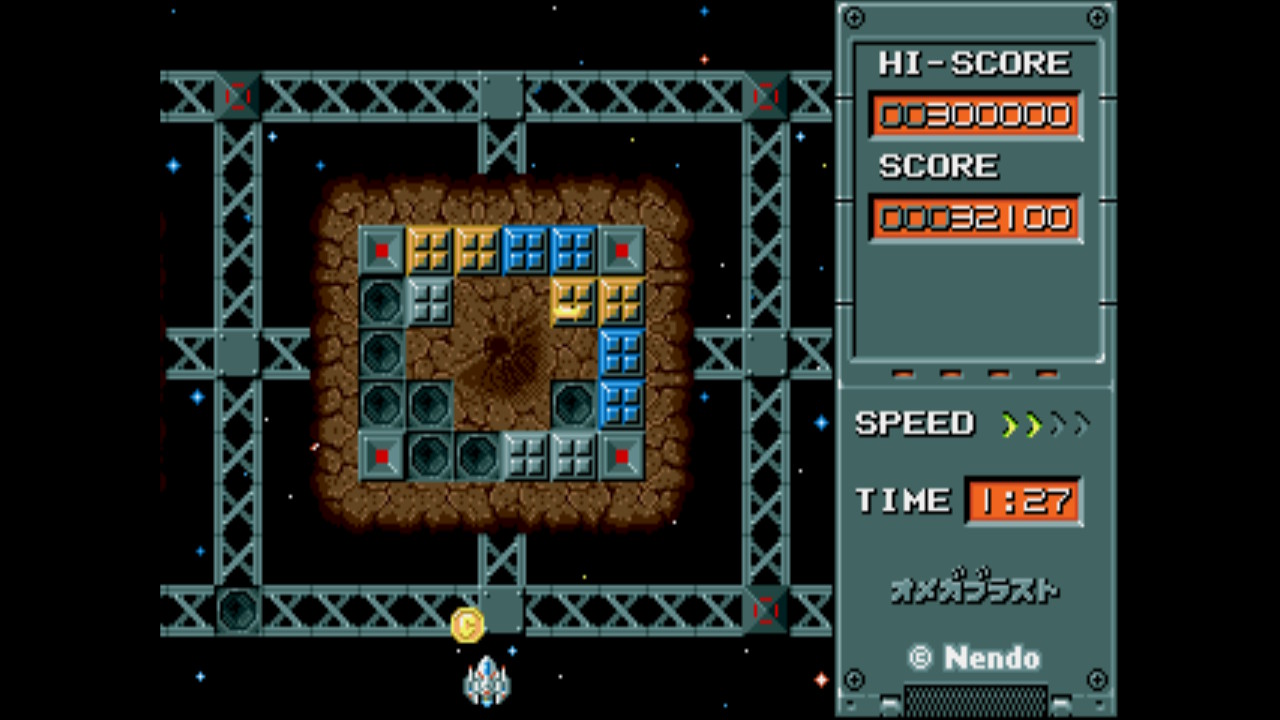

- #Retroarch switch portrait mode drivers
- #Retroarch switch portrait mode driver
- #Retroarch switch portrait mode plus
We are using a keyboard, masquerading as a joypad.
#Retroarch switch portrait mode drivers
Using ABXY types out their respective keyboard designated letter.Īll in all, I’d much rather use the more current udev drivers as mentioned above, and completely remove the OSK onscreen keyboard.Īf the end of the day, the OSK is designed to be used with a joypad, in particular when not in the presence of a keyboard. The dpad however doesn’t move the cursor instead giving ?’s. Previously an accidental push of the X button (SNES) would bring up a search dialogue box, and could only be dismissed by holding the power button to reset the device.
#Retroarch switch portrait mode driver
Changing to the sdl2 driver for input gives some response (While still allowing key input definition), in the sense that you can at least dismiss the onscreen keyboard. I haven’t tested this theory out yet, so if anyone else wants to, that would be helpful to others! Otherwise I’ll probably have a look at it next weekend.Įdit: Had a bit more of a look at the input drivers. Theoretically, doing this should omit the need to do steps 7 - 10 of my previous post. I’m thinking SNES super scope games, scumm vm and other things requiring a mouse input. Hopefully using udev, it will open possibilities to use the keyboard as a virtual mouse. That’s the ultimate goal, and what I was really hoping for. It still won’t work with opening up an onscreen keyboard, and using it for text input. You should now be able to add and remove inputs completely via the retroarch interface, and not need to edit your retroarch.cfg file manually anywhere near as much.Īll of the above and more can be found here: Save the file, and then reload your rules, by running: sudo udevadm control -reload-rules Using nano, open up: sudo nano /etc/udev/rules.d/lesĪnd add the following lines: KERNEL="event*", NAME="input/%k", MODE="666" If it doesn’t work, you’ll need to make a udev rule to make the group “input” available to non root users. To allow Linux to capture keyboard inputs, you will need to add your user to the group “input” with the command: sudo usermod -a -G input cpi The menu can be found here: settings->drivers->input->udev This is an appropriate input for a joystick, however given the nature of the arduino keyboard, this is not suitable.īeing the most recent and feature packed driver, featuring keyboard callback, mouse and touchpad compatibility, I decided to try using the udev driver. Since the Gameshell treats the joystick as a keyboard, it would make sense to use an appropriate driver.īy default, the input driver that is selected is “X”, which I am assuming is X input. Re: retroarch keybind input problems/timeouts. I also changed the “input interface” to “simultaneous”.
#Retroarch switch portrait mode plus
AFAIK, the majority of games in the 0.78 ROMset that mame 2003 plus uses doesn’t require an analogue stock, and get broken when analogue is enabled.

If you’re talking about binding keys by selecting them, and trying to push the appropriate key, I think this is something to do with the arduino keyboard not technically being a HID device, but literally a keyboard.


 0 kommentar(er)
0 kommentar(er)
